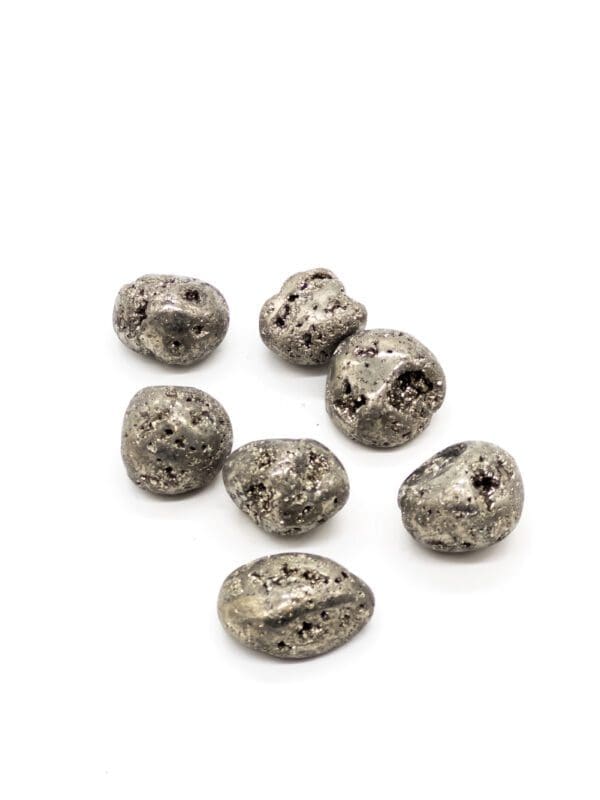Pyrite: The Fool’s Gold of Geology
Pyrite, also known as fool’s gold, is a common sulfide mineral found in a variety of geological settings. It has a distinct brass-yellow color and a metallic luster, which has led to its nickname. While it may resemble gold to the untrained eye, pyrite is actually quite different in terms of its physical and chemical properties.
Pyrite has a cubic crystal structure, with each molecule composed of iron and sulfur atoms arranged in a specific pattern. It is usually found in the form of small, well-formed crystals, although it can also occur as massive, granular aggregates.
Pyrite is found in many different geological environments, including sedimentary rocks, metamorphic rocks, and hydrothermal deposits. It is often associated with other minerals such as quartz, calcite, and galena.
One of the most distinctive features of pyrite is its hardness. On the Mohs scale, which is used to measure the hardness of minerals, pyrite falls at a 6.5, which is slightly softer than quartz but much harder than talc. This makes it relatively easy to scratch with a knife or other sharp object, but difficult to crush or pulverize.
Geographically, pyrite can be found all over the world, although it is more common in certain regions. It is often found in large deposits in places like South America, Spain, and China. In the United States, it is commonly found in the Appalachian Mountains and in the western states, particularly in Nevada and Colorado.
One of the most important uses of pyrite is as an ore of iron. Iron is an essential element in the production of steel, and pyrite is a significant source of this metal. In addition to its use in the steel industry, pyrite is also used as a source of sulfur and as a catalyst in the chemical industry.
Pyrite is also a key player in the formation of acid mine drainage, which is a major environmental concern in many areas of the world. When pyrite is exposed to air and water, it reacts to form sulfuric acid, which can leach heavy metals and other toxins from the surrounding rock and soil. This can contaminate water supplies and cause serious environmental damage.
Despite its negative environmental impacts, pyrite remains an important mineral in the geology and mining industries. Its unique properties and widespread occurrence make it a valuable resource that is likely to continue to be exploited for many years to come.

